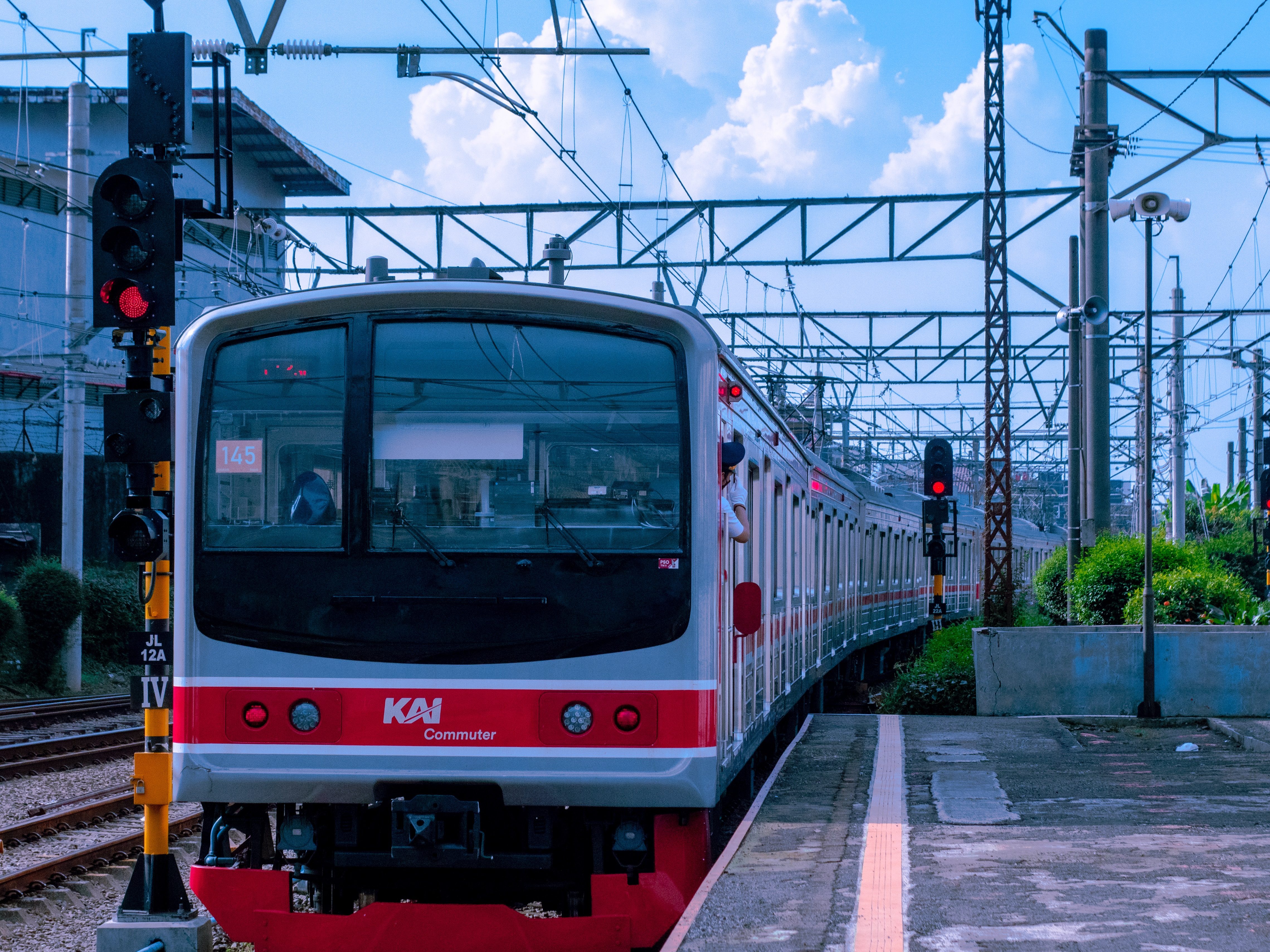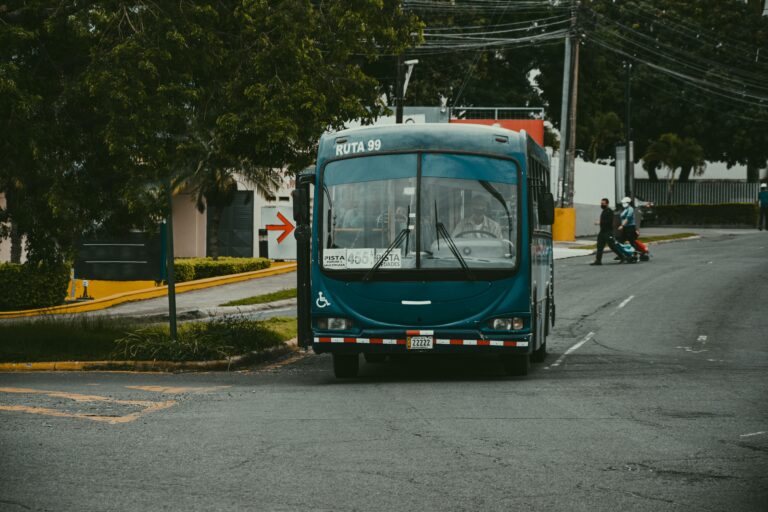Mesmerizing Japan, an Archipelagocradle for centuries in rich culture, landscapes, and enthralling traditions. From the high-rise buildings of Tokyo to the calm Buddhist shrines of Kyoto everything is there for you to discover in Japan. Traveling in Japan can be an intriguing adventure even for experienced travelers because of its transportation system. Do not worry because these best way to travel in Japan guide will give you the courage and confidence to explore this beautiful nation.
Key Takeaways
- Japan has an extensive and efficient transportation system.
- The best way to travel in Japan depends on your budget, time constraints, and itinerary.
- For long-distance travel, consider using Shinkansen bullet trains, airplanes, or buses.
- For regional travel, consider using local trains, buses, or rental cars.
- For urban travel, consider using subways, buses, taxis, or bicycles.
There are a number of ways to save money on transportation in Japan, such as purchasing a Japan Rail Pass or regional pass, using local trains and buses, walking or cycling short distances, using a prepaid IC card, and avoiding taxis.
Best way to travel in Japan
Japan is a country with an extensive and efficient transportation system, making it easy to get around. The best way to travel in Japan depends on your budget, time constraints, and itinerary.
Long-Distance Travel Options in Japan
When exploring Japan’s vast landscapes, three key transportation choices take center stage: Shinkansen bullet trains, airplanes, and buses.
Shinkansen Bullet Trains
Renowned for their speed and comfort, Shinkansen trains offer a seamless way to traverse major cities in Japan. Notable routes and costs include:
- Tokyo to Osaka: ¥13,870 (one-way)
- Tokyo to Kyoto: ¥14,620 (one-way)
- Tokyo to Hiroshima: ¥18,380 (one-way)
Booking options are diverse: online through JR East and JR West websites, at train stations via vending machines or counters, and through travel agencies. Shinkansen connects major cities like Tokyo, Osaka, Kyoto, Nagoya, Fukuoka, and Hiroshima, as well as smaller gems like Kanazawa and Hakodate.
Airplanes
Ideal for longer journeys, especially to Okinawa or Hokkaido, domestic airfares are reasonably priced:
- Tokyo to Okinawa: ¥20,000 (one-way)
- Tokyo to Hokkaido: ¥25,000 (one-way)
Booking is convenient through airline websites or travel agencies, connecting major and smaller cities and islands.
Buses
A budget-friendly option for rural areas or destinations unreached by trains, buses may be slower but cost-effective:
- Tokyo to Osaka: ¥3,000 (one-way)
- Tokyo to Kyoto: ¥2,500 (one-way)
- Tokyo to Hiroshima: ¥5,000 (one-way)
Book tickets online through bus company websites or at stations, reaching major and smaller cities.
Tips for Saving Money:
- Consider a Japan Rail Pass for extensive train travel.
- Explore regional passes like the Kansai-Hiroshima Area Pass.
- Use Hyperdia for comprehensive travel planning.
- Book tickets in advance, especially during peak seasons, to secure seats and avoid queues.
For Regional Travel Options
When navigating regional landscapes in Japan, three main transportation options come into play: local trains, buses, and rental cars.
Local Trains
- Coverage: Connects smaller towns and cities across Japan.
- Speed and Cost: Slower but more economical compared to Shinkansen bullet trains. Costs vary between ¥200 and ¥1,000 per trip, depending on distance.
- Booking: Tickets can be purchased at ticket vending machines in stations or train station counters.
- Destinations: Accessible in all regions of Japan, including Hokkaido, Tohoku, Kanto, Chubu, Kinki, Chugoku, Shikoku, and Kyushu.
Buses
- Suitability: Ideal for travel to rural areas and destinations beyond train routes.
- Economy: Considered the cheapest option, although travel times may be longer.
- Cost Range: Typically $1-$3,000 depending on the distance of travel.
- Booking: Tickets available on bus company websites or at bus stations via ticket counters.
- Destinations: Extensive coverage, including Hokkaido, Tohoku, Kanto, Chubu, Kinki, Chugoku, Shikoku, and Kyushu.
Rental Cars
- Flexibility: Great for those seeking flexibility, especially for adventures in less usual spots.
- Cost Range: Rental prices range between ¥5,000 and ¥10,000 per day, depending on the car and rental company.
- Booking: Online via car rental company websites or at the airport/train station rental counters.
- Destinations: Available throughout Japan, covering Hokkaido, Tohoku, Kanto, Chubu, Kinki, Chugoku, Shikoku, and Kyushu.
Tips for Cost-Effective Inter-Regional Travel:
- Consider purchasing regional passes like the Hokkaido Rail Pass and Tohoku Area Pass.
- In some cases, buses or rental cars may offer cost advantages over local trains, especially for longer distances or when traveling with a family.
- Check for discounts offered by transport companies for students, seniors, families, and handicapped customers.
- Plan your route carefully to avoid unnecessary steps and streamline your journey.
For Urban Travel Options
Navigating urban centers in Japan offers four main transportation options: subways, buses, taxis, and bicycles.
Subways
- Efficient Urban Travel: Subways are the fastest and most effective means of transport in major cities like Tokyo, Osaka, Kyoto, and Nagoya.
- Affordable Fare: Tickets can be as low as ¥130 (US$1.20).
- How to Book Tickets: Ticketing machines at subway stations, mobile apps.
- Where to Go: All major cities in Japan.
Buses
- Explore Smaller Cities: Buses are ideal for smaller cities and towns, reaching destinations not served by subways.
- Cost-Effective: Fares start at just over ¥200 (approximately US$1.80).
- How to Book Tickets: Cash payment when boarding, mobile apps.
- Where to Go: Every town and city in Japan.
Taxis
- Convenient Option: Taxis are convenient, especially at night or when carrying many belongings.
- Higher Cost: Starting at about ¥400 (3.6 USD).
- How to Book Tickets: Flag down a taxi, call a taxi company, use a taxi app.
- Where to Go: Throughout all cities and townships in Japan.
Bicycles
- Cost-Efficient: Bicycles are a cheap and efficient means of transport in the city.
- Rental Options: Available at bicycle rental shops and some hotels.
- How to Rent a Bicycle: Bike rental shops, hotels.
- Where to Go: Every city and village in Japan.
Economical Travel Tips:
- Consider buying a day pass for subways and buses.
- Opt for walking or biking on short distances instead of using public transport.
- Use taxis only when inevitable.
Explore Japan: Must-Visit Destinations
Japan, a land of diverse landscapes and rich cultural heritage, offers a myriad of destinations for every type of traveler. Here are some of the most popular places to visit in the Land of the Rising Sun:
Tokyo
A vibrant metropolis with something for everyone. Home to over eleven million people, Tokyo’s aglow metropolitan atmosphere is a must-experience.
Kyoto
The ancient capital of Japan is a UNESCO World Heritage site. Boasts over 1,600 Buddhist temples and shrines, offering an immersive cultural experience.
Osaka
Japan’s second-largest city with renowned cuisines and warm-hearted locals. Home to Universal Studios Japan and the bustling Dotonbori street.
Nara
A charming town featuring Todaiji Temple and its colossal bronze seated Buddha. Enjoy the company of free-roaming wild deer in the city’s parks.
Hiroshima
A symbol of peace and hope, rebuilt after the devastation of a nuclear weapon during World War II. Explore the Hiroshima Peace Memorial Park and Museum honoring the bomb’s victims.
Other Travel Options in Japan
In addition to the main transportation options mentioned earlier, there are several other ways to get around
Japan, depending on your needs and preferences.
Ferries
Ferries provide a scenic and unique way to travel between islands, especially to destinations like Okinawa, Hokkaido, or Shikoku. They are ideal for reaching places inaccessible by trains or buses.
- Cost: Fares vary based on route, distance, and ferry type. For example, a one-way ticket from Tokyo to Okinawa can cost around ¥20,000 (Approx. US$180) [1].
- How to book tickets: Online via ferry company websites, travel agencies, or at ferry terminals.
- Where to go: Ferry services connect all main islands and several smaller ones. Popular routes include Tokyo to Okinawa, Osaka to Kyushu, and Hokkaido to Shikoku.
Domestic Flights
For swift travel between cities, especially for first-time visitors, domestic flights are a safe and efficient option.
- Cost: Charges vary by route, distance, and airline. Tokyo to Osaka, for instance, may cost around 90 US dollars.
- How to book tickets: Online via airline websites, travel agencies, or at airport ticket counters.
- Where to go: Domestic flights cover major cities and some local airfields.
Rental Cars
Ideal for those seeking flexibility and freedom, rental cars are a great option for exploring remote areas.
- Cost: Rental rates vary by car type, agent, and rental period. A small car hire may cost around ¥30,000 (US$270) per week.
- How to rent a car: Online through car rental company websites or at airport/train station rental counters.
- Where to go: Rental cars can take you throughout Japan, from the capital to farmlands and islands.
Walking and Cycling
For a green and healthy exploration of cities and towns, walking and cycling are fantastic options.
- Cost: Free!
- How to do it: Numerous sidewalks and bike paths are available, and many hotels and bike rental shops offer services.
- Where to go: All cities and towns in Japan are accessible on foot or by bike.
Tips for saving money on other travel options in Japan
- Purchase a Japan Rail Pass or another regional pass if you are doing a lot of long-distance travel by train or ferry.
- Consider using buses or rental cars for shorter distances or if you are traveling with a group.
- Book your tickets in advance, especially during peak season or on weekends.
- Take advantage of discounts that are available to students, seniors, and families.
Here are some tips for saving money on transportation in Japan:
1. Purchase a Japan Rail Pass:
- A Japan Rail Pass is a cost-effective way to travel long distances by train in Japan.
- It is valid for 7, 14, or 21 consecutive days and allows unlimited travel on JR trains, including the Shinkansen bullet trains.
- It is especially worthwhile if you are planning to do a lot of long-distance travel between major cities.
2. Consider using regional passes:
- There are also regional passes available for travel within certain areas of Japan, such as the Kansai-Hiroshima Area Pass and the Northern Kyushu Pass.
- These passes can be a good option if you are planning to do a lot of travel within a specific region.
- They are typically cheaper than the Japan Rail Pass and can save you money on your transportation costs.
3. Use the Hyperdia website or app:
- Hyperdia is a comprehensive website and app that can help you plan your train travel in Japan.
- It shows you schedules, fares, and transfer options.
- Using Hyperdia can help you avoid backtracking and save time on your journey.
- You can also use Hyperdia to find out which trains are covered by your Japan Rail Pass or regional pass.
4. Book your tickets in advance:
- If you are traveling during peak season or on weekends, it is a good idea to book your tickets in advance.
- This will help you ensure that you get a seat and avoid long lines.
- You can book your tickets online, at train stations, or through travel agencies.
5. Take advantage of discounts:
- Many transportation companies in Japan offer discounts for students, seniors, and families.
- Be sure to ask about discounts when you are purchasing your tickets.
- You can also find information about discounts on the websites of transportation companies.
6. Use local trains and buses:
- Local trains and buses are a more affordable option than Shinkansen bullet trains.
- They are also a good way to see the local scenery and experience the local culture.
- Local trains and buses can take a bit longer than bullet trains, but they can be a more rewarding way to travel.
7. Walk or cycle short distances:
- Walking and cycling are great ways to get around cities and towns in Japan.
- They are also a healthy and eco-friendly way to travel.
- If you are staying in the city center, you can often walk to most of the places you want to visit.
- You can also rent bicycles from many hotels and bike rental shops.
8. Use a prepaid IC card:
- Prepaid IC cards are a convenient way to pay for your transportation fares in Japan.
- They can be used on trains, buses, subways, and some taxis.
- You can load your IC card with cash at train stations and convenience stores.
- Using an IC card can save you time and money.
9. Avoid taxis:
- Taxis are the most expensive way to get around in Japan.
- If you can avoid taking taxis, you will save a lot of money on your transportation costs.
- There are many other affordable transportation options available in Japan.
10. Plan your route carefully:
- Before you start your trip, take some time to plan your route.
- This will help you avoid backtracking and save time.
- You can use Hyperdia or other online resources to plan your route.
FAQs
What is the best way to travel throughout Japan?
The best way to travel throughout Japan is by train. The Japanese rail network is the most efficient method of transportation in Japan when travelling between major cities, hubs, and hotspots. Trains are the most popular way for travelers to explore Japan, and arguably the best. They are fast, efficient, and extremely reliable. The predominant operator is Japan Railways, commonly known as “JR,” which is actually a number of distinct rail systems providing one linked service throughout the country.
What is the cheapest way of travel in Japan?
The cheapest way to travel in Japan is by bus. Buses are cheaper than trains and are astronomically cheaper than bullet trains. Japan has a comprehensive system of long-distance buses. However, if you’re heading to a far-off city like Sapporo or Fukuoka, you may be able to snag cheap tickets from one of the Tokyo airports.
What is the best transportation method in Japan?
The best transportation method in Japan is the train. The Japanese rail network is the absolute best method of transportation in Japan when traveling between major cities, hubs, and hotspots. Trains are the most popular way for travelers to explore Japan, and arguably the best. They are fast, efficient, and extremely reliable. The predominant operator is Japan Railways, commonly known as “JR,” which is actually a number of distinct rail systems providing one linked service throughout the country.
Is it cheaper to fly or train in Japan?
Both flying and taking the train in Japan have their advantages. In many cases, visitors who land in Tokyo and wish to go to another city might find the bullet train the best option. It’s also a relatively economical option if you get the JR Pass, which includes free transit on all JR trains. However, if you’re going to Hokkaido, Shikoku or Kyushu, flying may be the better option. Believe it or not, flying can often be cheaper than the Shinkansen!







